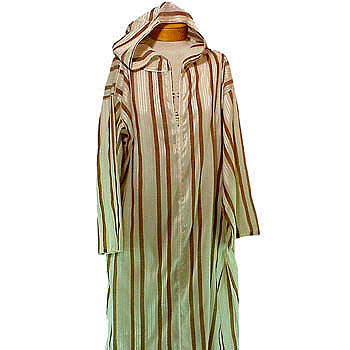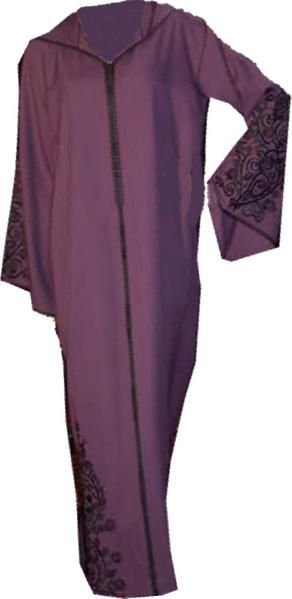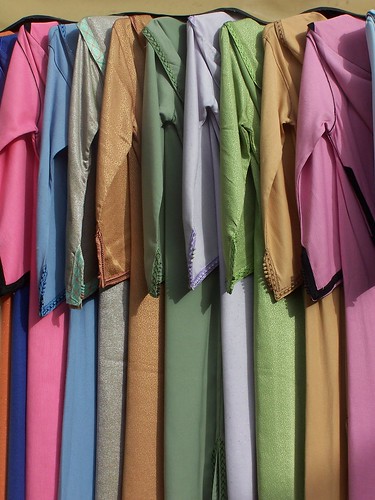Morocco is the gem of the North Africa having coastlines on both the North Atlantic Ocean and the Mediterranean Sea. Morocco has tremendous culture due to the inhabitation of the multi-ethnic population. While traveling to Morocco, the colors of indigenous Berber community and Jewish and Muslim populace can easily be observed. The country is a reasonably huge country and its every part has its own cultural recognition.
The Moroccan society is not conservative because Morocco is a peaceful and tourist friendly country. Morocco has no particular rules and regulation about the clothing but the Moroccans have kept alive the custom to wear the traditional dress of Morocco.
Moroccans are overall a stylish and smart nation and they prefer to dress up with fashionable and impressive clothing. Both men and women wear a same traditional attire which is called djellaba; a long, loose, hooded garment with full sleeves.
The women of Morocco also wear Caftan or Kaftan which is without a hood unlike the djellaba. This dress is particularly decorated with the typical woman embroidery upon the dress openings and arms. Kaftan is usually worn on the festive occasions and wedding ceremonies by the Moroccan women.
Another traditional cloak made with a delicate fabric and mostly in white color is known as “Haik” which is used by the Moroccan village women. In addition to that Gandora is also used by the Moroccan women which have heavy and fancy stitching and adornments.
For all of the Moroccan women the bright colored silks and other dainty fabrics are favorites. The craftsmen and tailors apply their special skills to make the women dresses attractive and graceful. The women of high class also use a traditional belt which has golden embroidery and exquisite decorations along the edges.
Abernousse is a traditional red cap for the Moroccan men which they normally use in special occasions. Abernousse is commonly referred to as a Fez. Both men and women use Balgha, the typical Moroccan slippers without heels and often dyed with yellow.
The traditional dress of Morocco is the true reflection of the charming and fascinated Moroccan heritage. People of every class in Morocco are very conscious about their dress codes. The traditional loose fitting outfits are commonly worn by the folk artists during their presentations while the modern Moroccan population is also much influenced with the Western style of dressing.























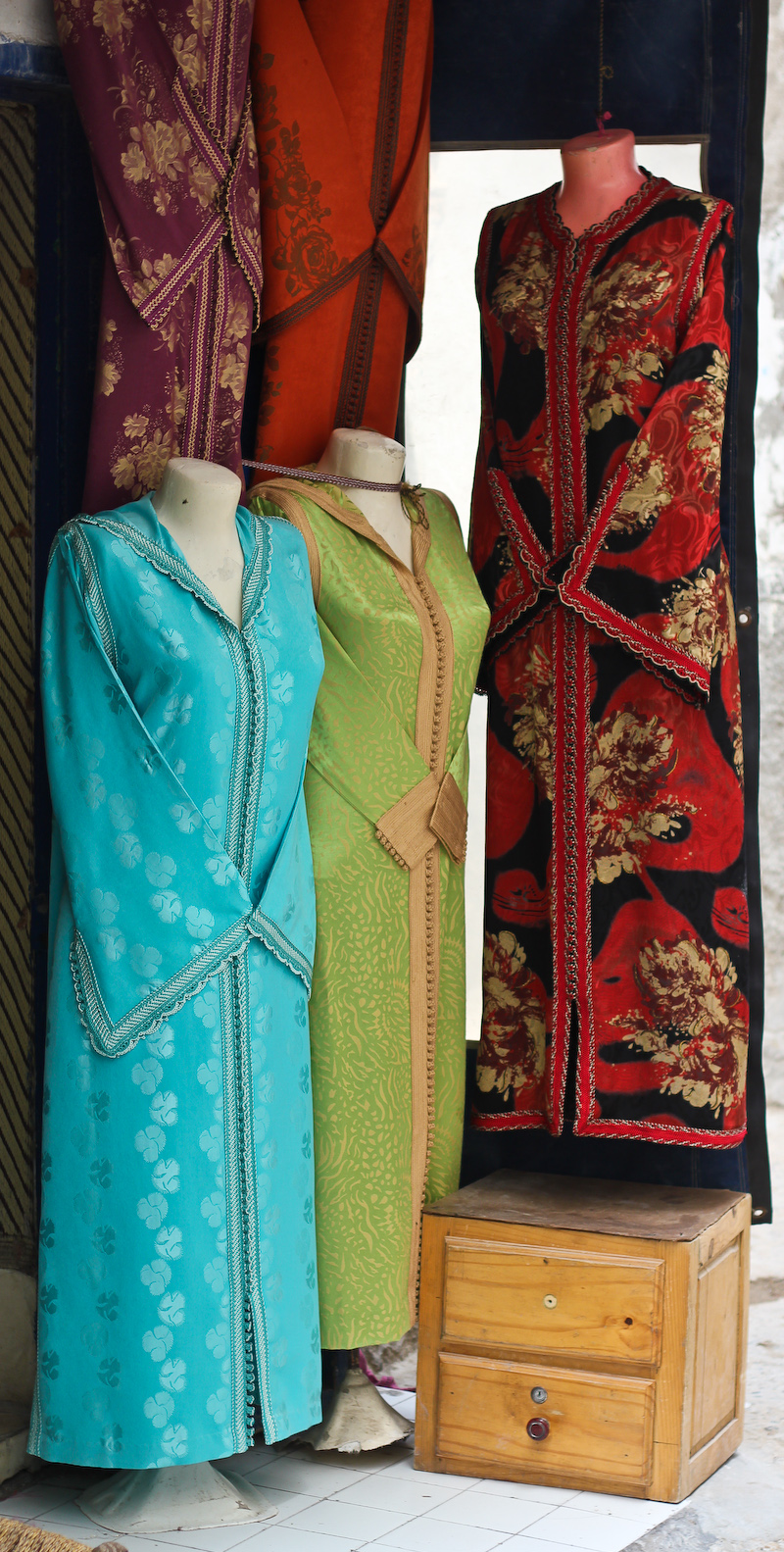
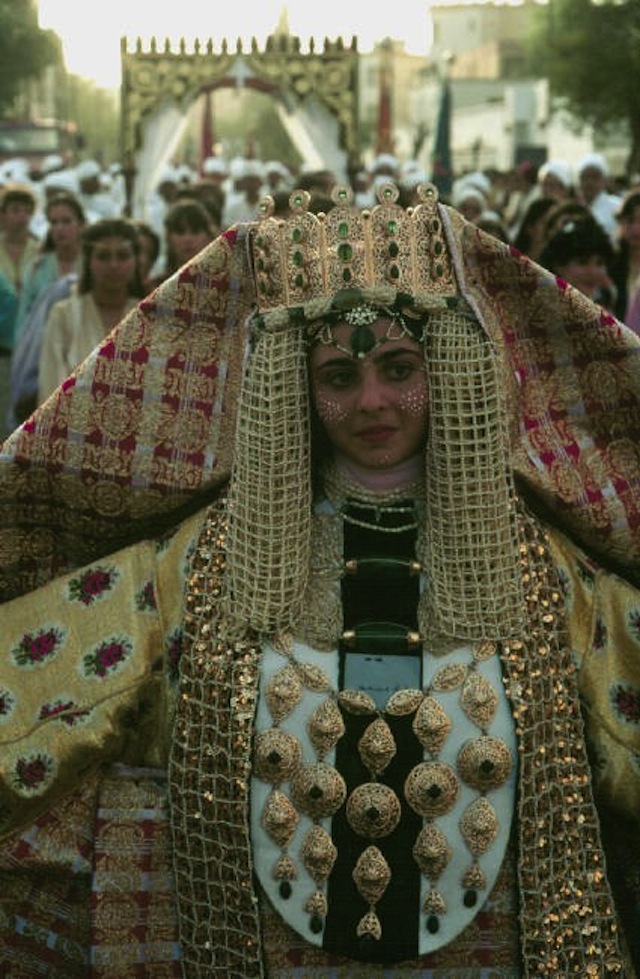
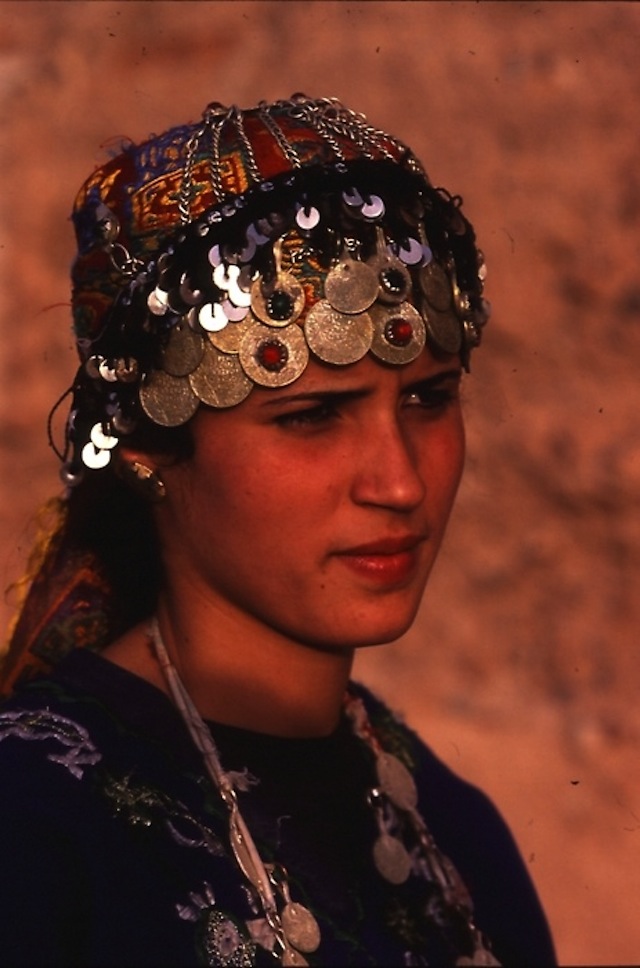
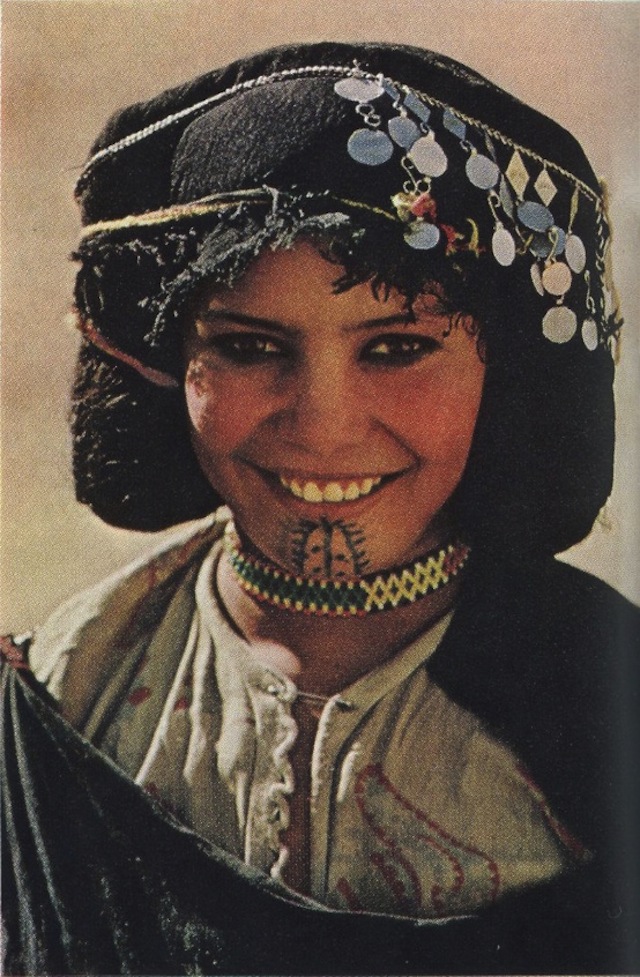
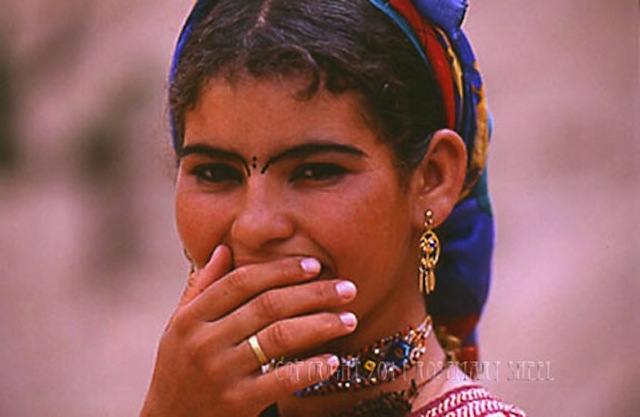
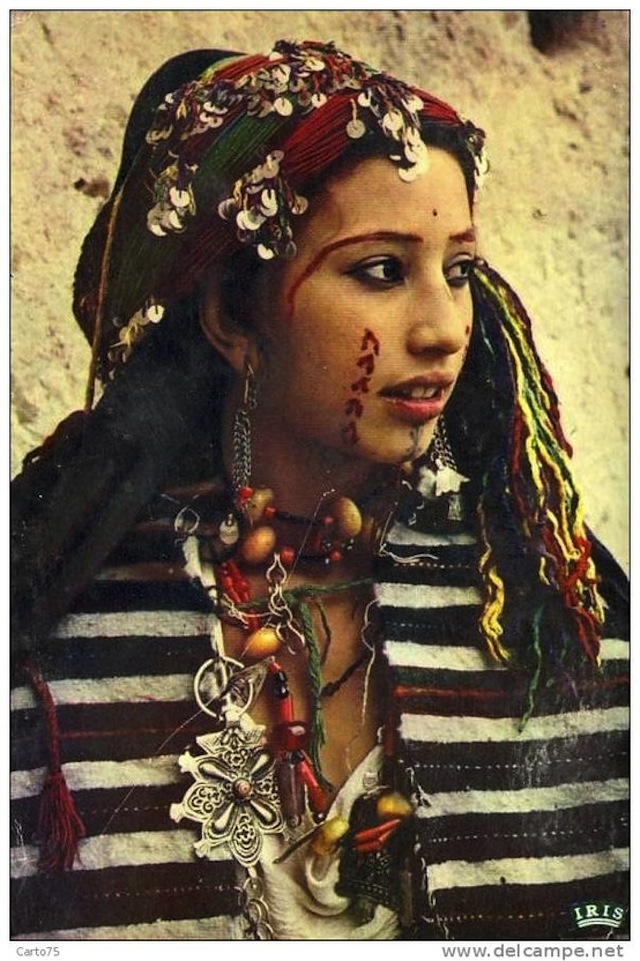
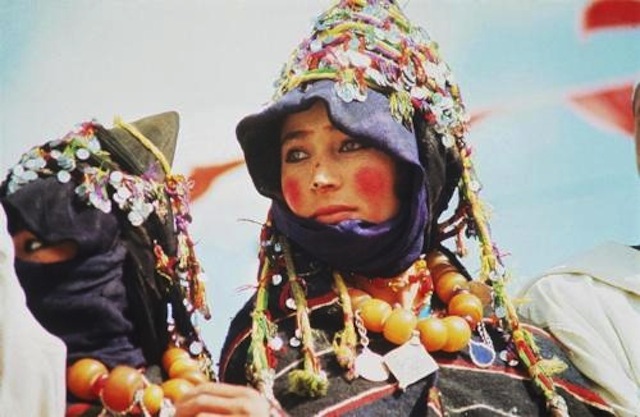
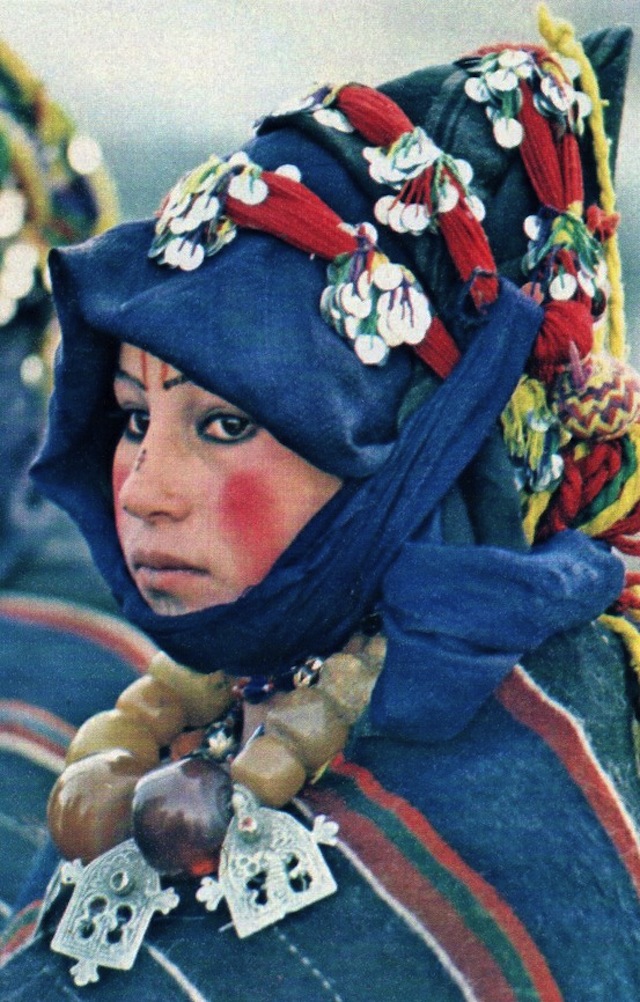 Above, January 1980.
Above, January 1980.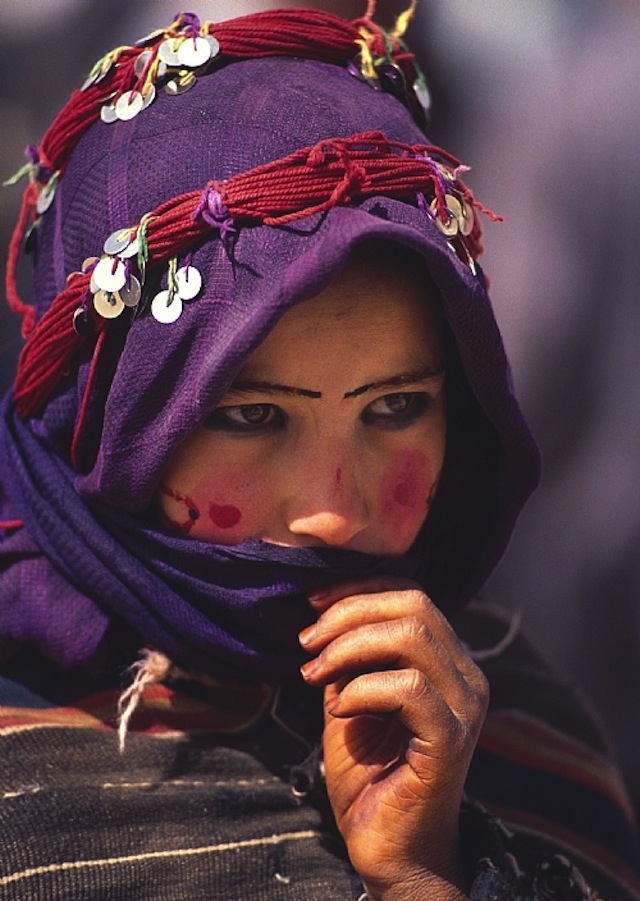
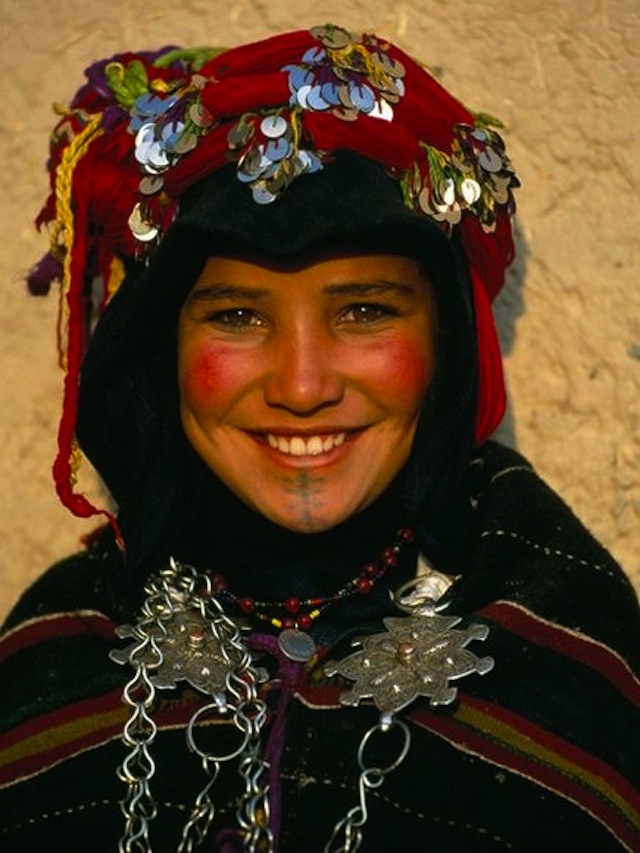 Above, 12 year old H’dda at the annual “brides fair” where she may catch the eye of a suitor. If her parents approve, a prolonged courtship begins. Girls are technically not allowed to marry until they are 16, but the Berbers don’t always observe this law. Imilchil village, Morocco, 1995.
Above, 12 year old H’dda at the annual “brides fair” where she may catch the eye of a suitor. If her parents approve, a prolonged courtship begins. Girls are technically not allowed to marry until they are 16, but the Berbers don’t always observe this law. Imilchil village, Morocco, 1995.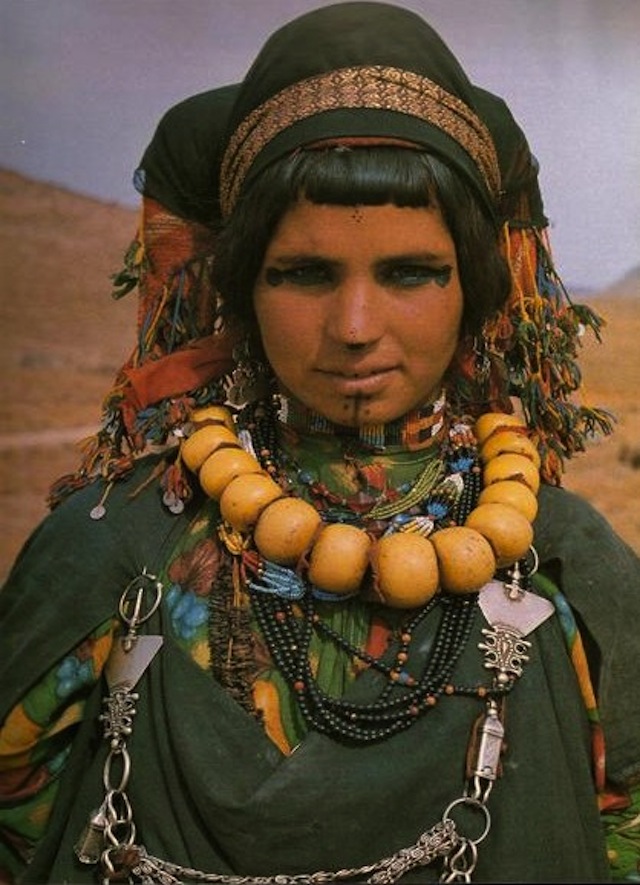

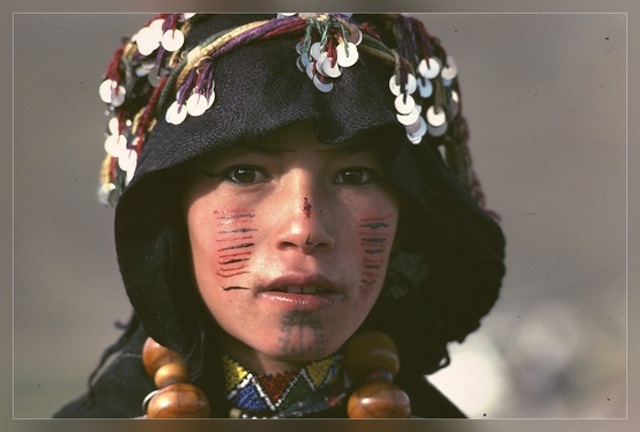
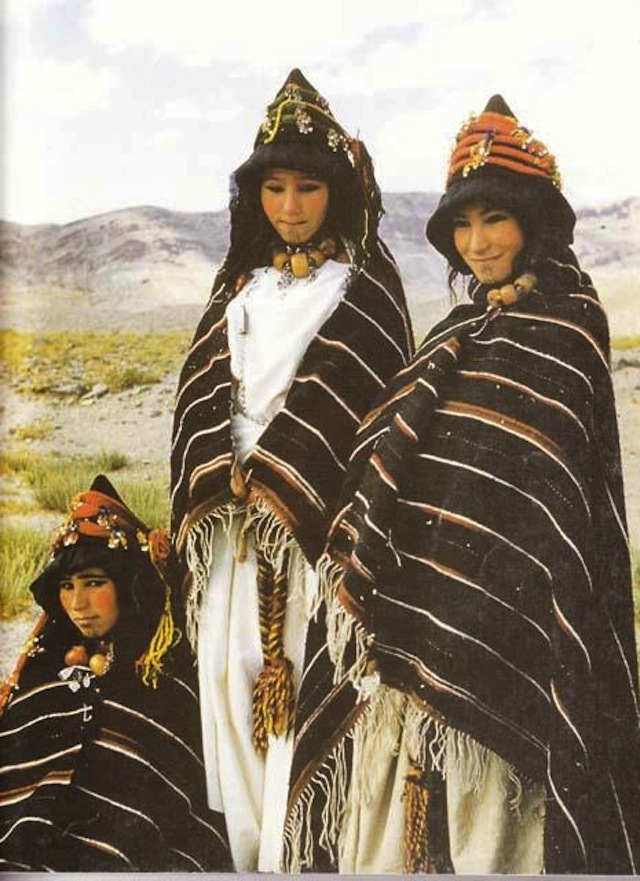
 Above, 1968. Below, 2008.
Above, 1968. Below, 2008.
